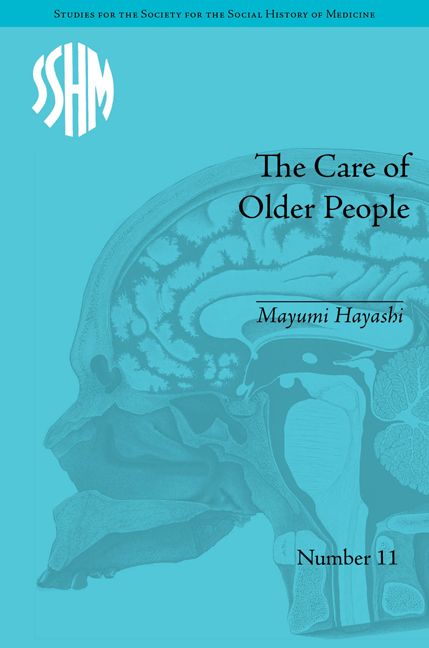Introduction
Summary
Diversity and Challenges
Societies throughout the world are ageing. In 1900 around 5 per cent of the population of the United Kingdom and Japan were aged 65 years or over. By 2010 this had risen to 17 per cent and 23 per cent respectively. This trend is set to continue; by 2050 the proportion of over-65s is forecast to be 24 per cent in the UK and 36 per cent in Japan. Japan currently has one of the longest-lived populations in the world, but its total population is expected to shrink from 128 million to 87 million by 2060, the lowest since 1953. However, demographic projections are fallible: in the 1930s Enid Charles and Eva Hubback noted that the birth rate in Britain was below replacement levels. This suggested a long-term population decline, but the trend reversed after the Second World War. Japana's projections may also prove to be wrong, but the implicion is that the demographic ‘double-squeeze’ will reduce the ratio of producers to dependants from 2.8:1.0 to 1.2:1.0 by 2060. This will have repercussions for all strata of society.
The British and Japanese governments face pressing challenges in providing long-term care for older people. In July 2012 the British government published a white paper in response to the 2011 Dilnot Commission's Report on Funding of Care and Support, which recommended that affordable and sustainable funding was needed to replace what it described as a ‘confusing, unfair and unsustainable’ system. In the white paper the government acknowledged the need for reform but did not settle the funding arrangements. Japan's Long-Term Care Insurance (LTCI) scheme of 2000 has commodified care and extended it beyond traditional family practice. Yet skyrocketing expenditure and public funding constraints have already necessitated rationing, tighter eligibility criteria and higher user fees.
- Type
- Chapter
- Information
- The Care of Older PeopleEngland and Japan - A Comparative Study, pp. 1 - 12Publisher: Pickering & ChattoFirst published in: 2014



